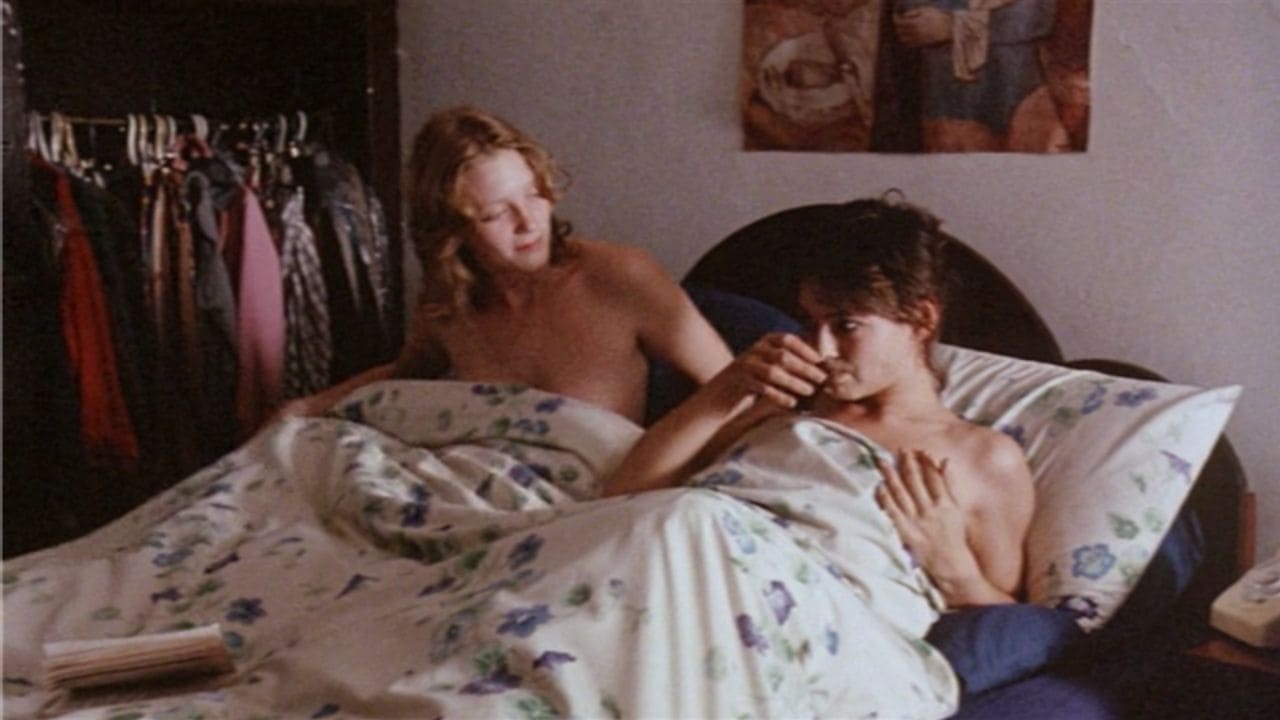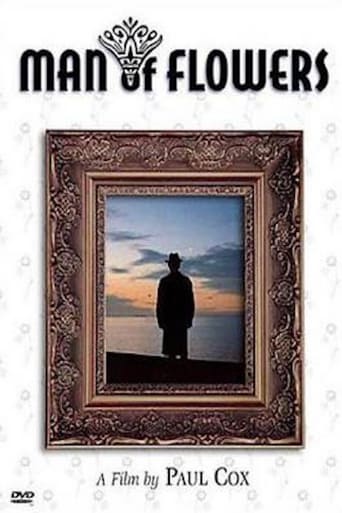

A middle-aged man is unable to have relationships with women, apparently a byproduct of his strict upbringing we learn via flashbacks. It is by turns provocative, funny, and pretentious, but always interesting and definitely quirky. Kaye is well cast as the man-child in search of beauty while Best is lovely as one of the objects of his affection. Among the amusing characters are the philosophical postman and Best's hack artist boyfriend. Cox directs with a sense of freshness, helped considerably by the ever-present music from Donizetti's "Lucia di Lammermoor." The flashback scenes of Kaye's childhood are tinged with Oedipal feelings, simultaneously sad and erotic.
... View MoreThe film is remarkable in that it delves into the issue of sexual inversion - and how childhood events and parent relationships mark us for life. In the case of Charles, we see that his mother alternately enveloped him in her embrace and rejected him, and his father, a remote, humorless person, punished him for being a curious child. End result: he loves beauty deeply, but cannot consummate a relationship. The use of music, both the operatic excerpts and Charles's own playing of the church organ, was pointed and poignant. All actors turned in splendid performances. Norman Kaye was very believable in the title role, and Alyson Best as the young beauty who sees Charles for the decent, loving person he is does sound work. The rest of the ensemble is also to be commended for this picture of life and art's relationship to it.
... View MoreIn Portrait of the Artist as a Young Man, James Joyce pokes a little fun at Stephen Daedelus' aesthetics. Daedelus says there are two extremes in art--the kinetic and the static. Static art is beauty of the mind, or Apollonian beauty. Kinetic is more akin to sexual desire, or Dionysian beauty. Though Joyce found this theory to be rife for satire, albeit gentle satire, I think the distinction is compelling.This film is in part about this distinction, or rather the absence of it in one man. For Charles Bremer, all beauty is erotic. For some reason, emotional or physical, he can't participate in the act of love, so he sublimates it into art. For him, seeing a beautiful painting or a beautiful woman undressing are two instances of the same thing, both equally erotic and equally profound.All this babble makes the film sound pretentious, but in practice it is actually almost completely unpretentious. It has something profound to say, but it says it very simply. If there is a little bit of Charles in you, you will understand this film implicitly. If there isn't, then nothing will help you, because all of the great things the film has to say are unspoken. All is said with mood and characterization. The music, largely from Lucia di Lammermoor, is put to probably the best use that any music in any film ever has been. The 16mm flash backs with Werner Herzog (yes, THE Werner Herzog) playing Charles' father are brilliant and beautifully balletic, as if they had been choreographed gesture by gesture by the director.The day I saw Man of Flowers in the theater, I walked out into the sunlight and looked at the world a little differently. That was in 1984, when I was 17 years old. And I'm still moved by the experience.
... View MoreA terrifically watchable film, so different from Hollywood style movies that stick to a set pattern. Funny, riveting and erotic in parts, this is a true classic that deserves wider recognition. Alyson Best's strip must be the best opening scene in any film!
... View More